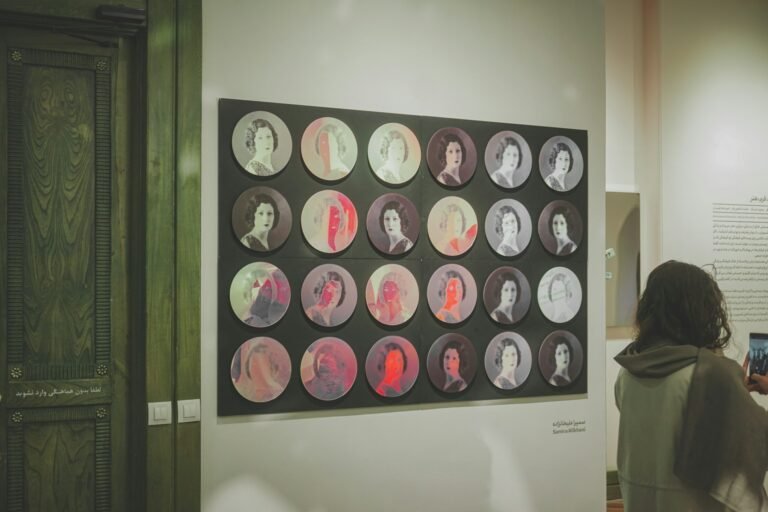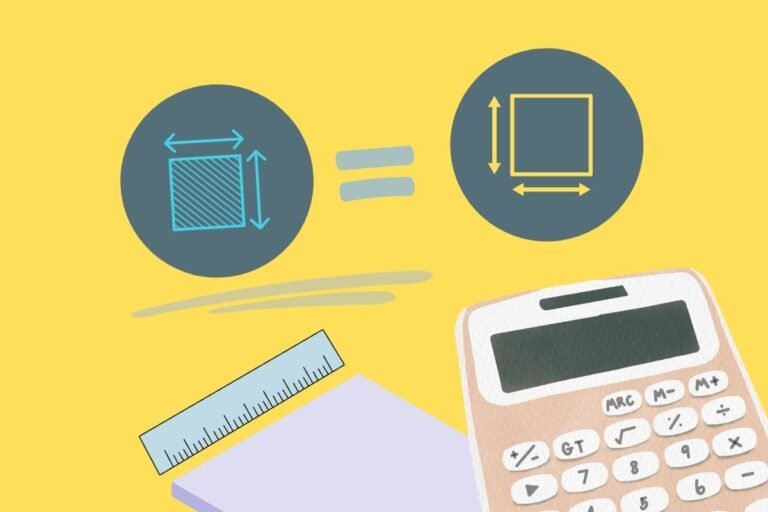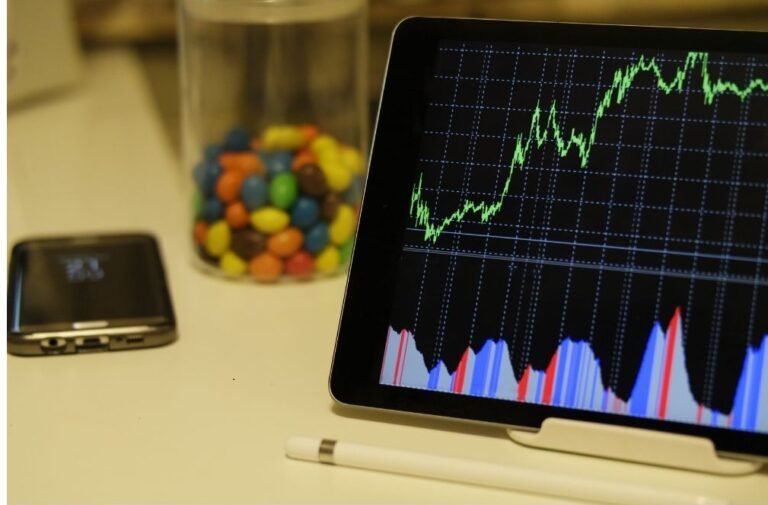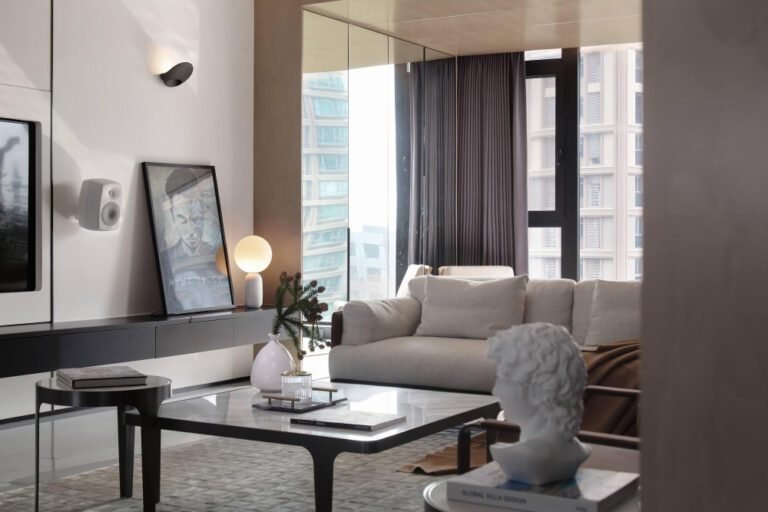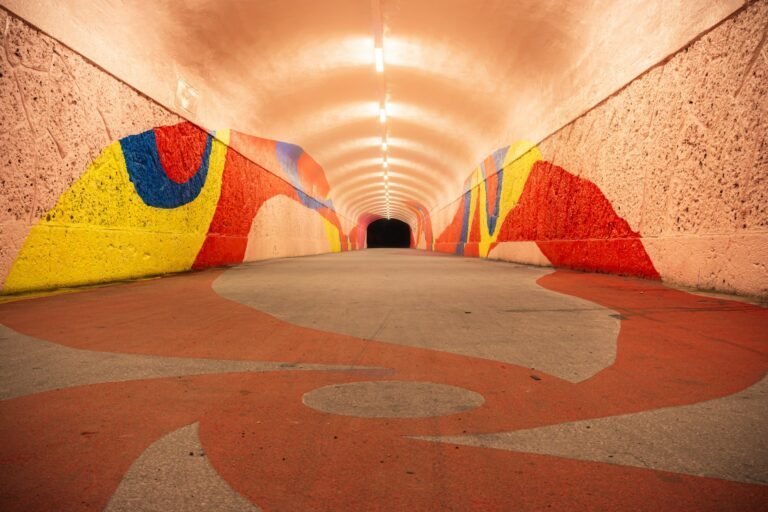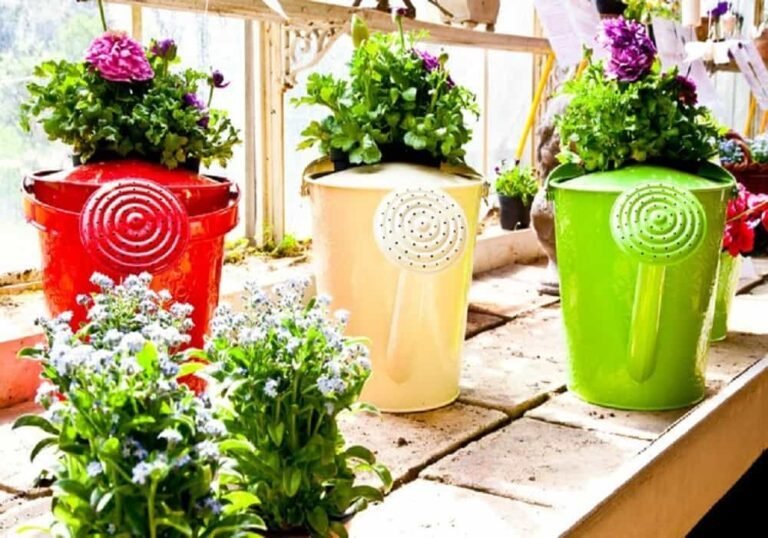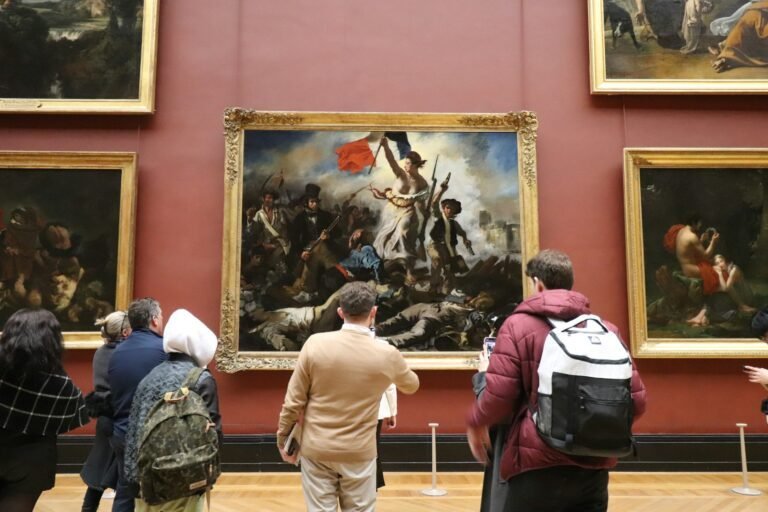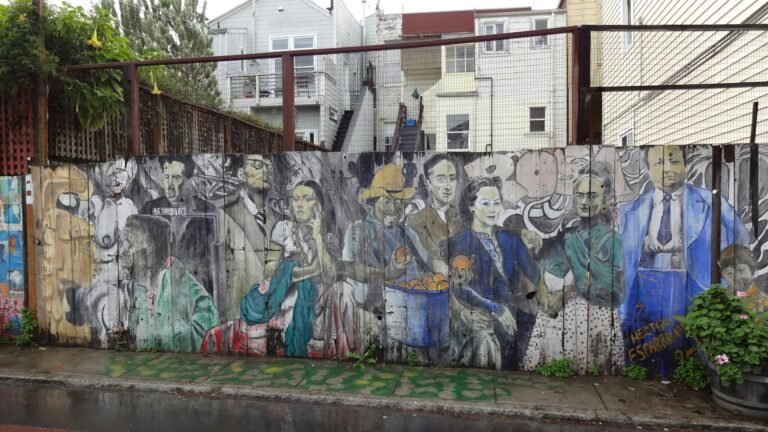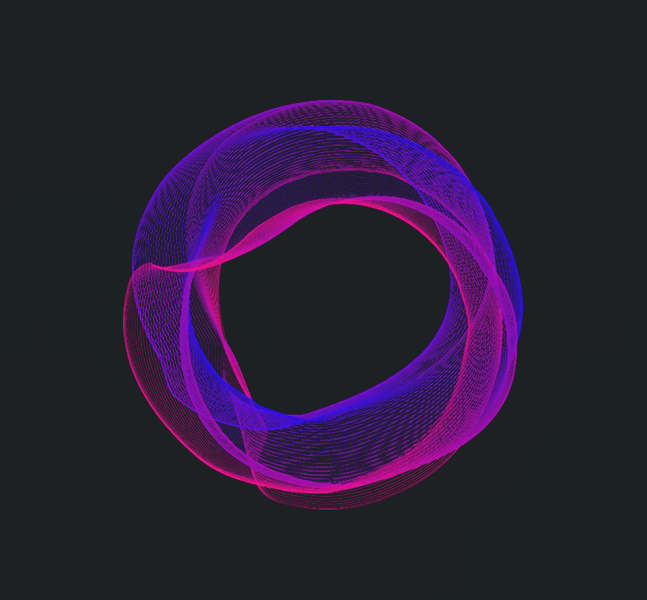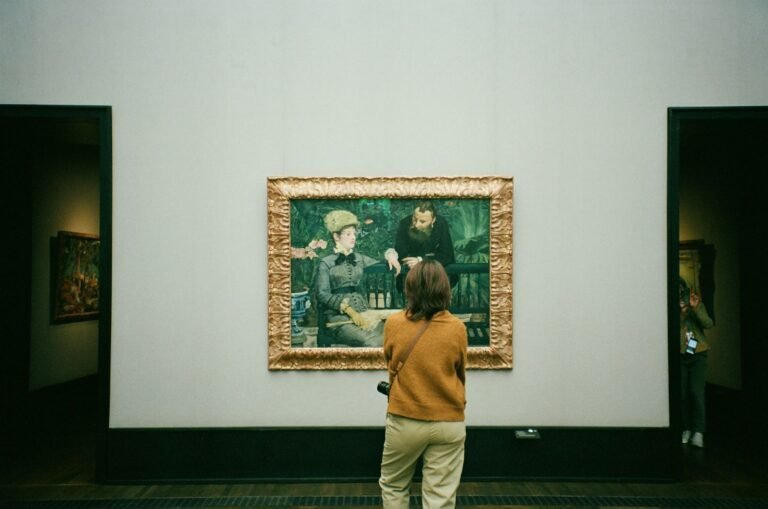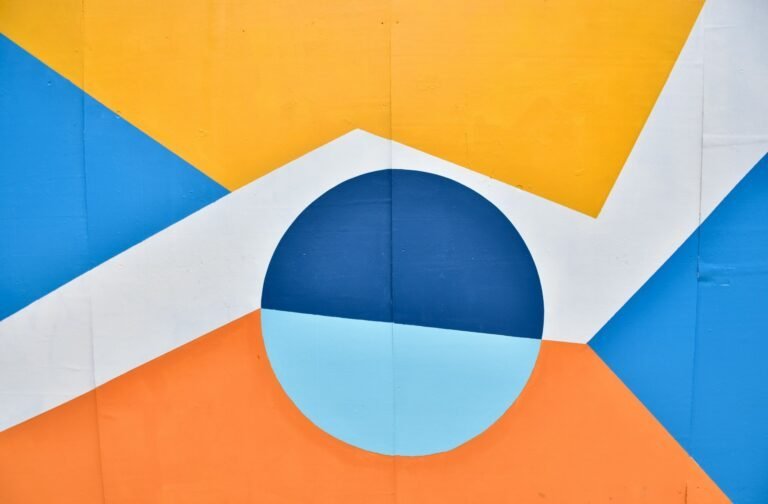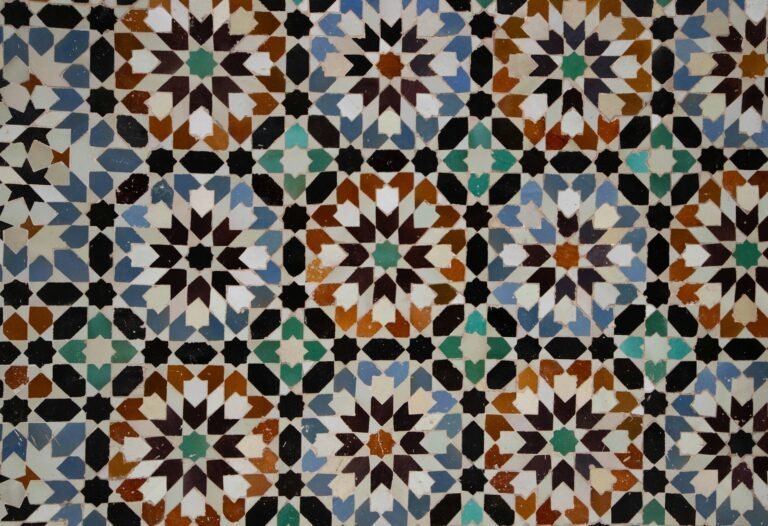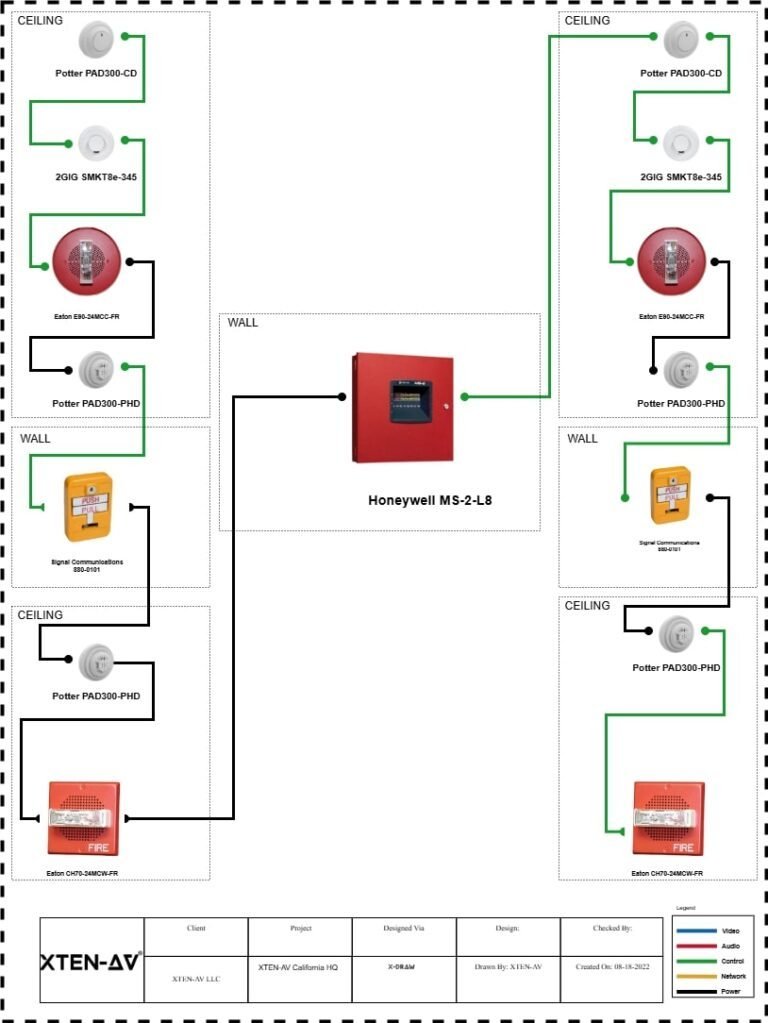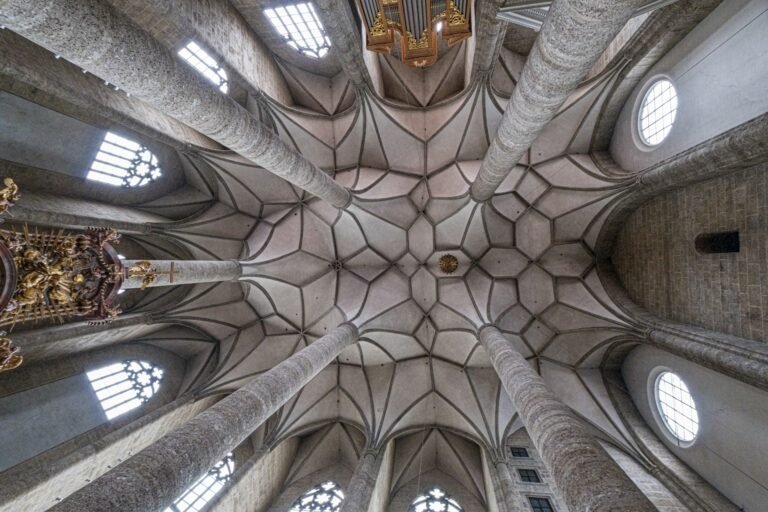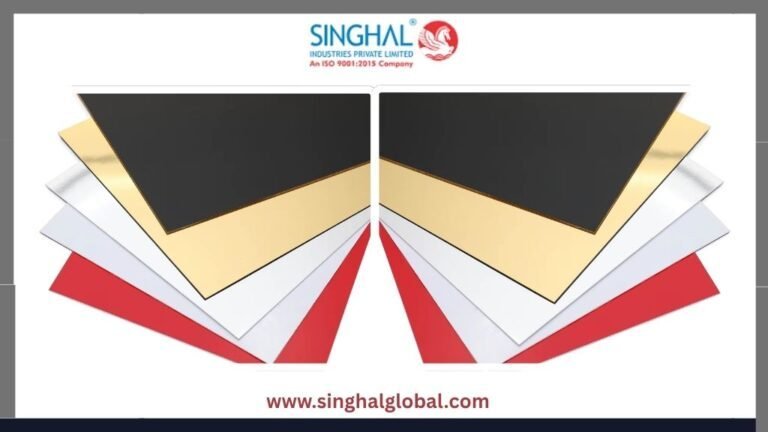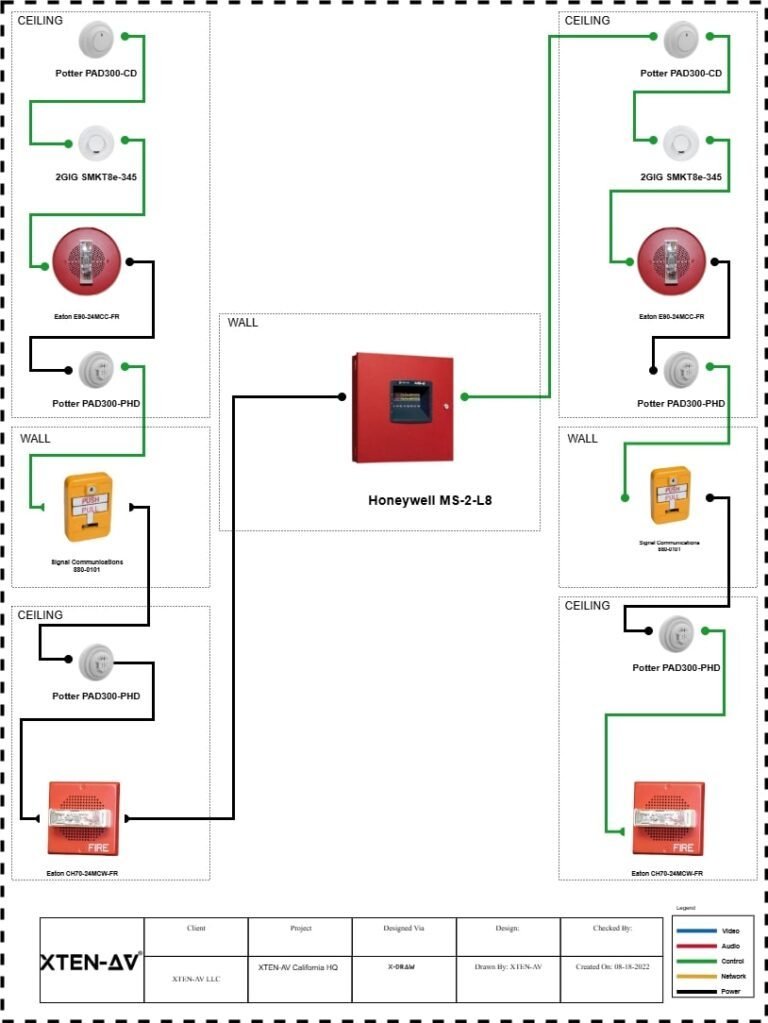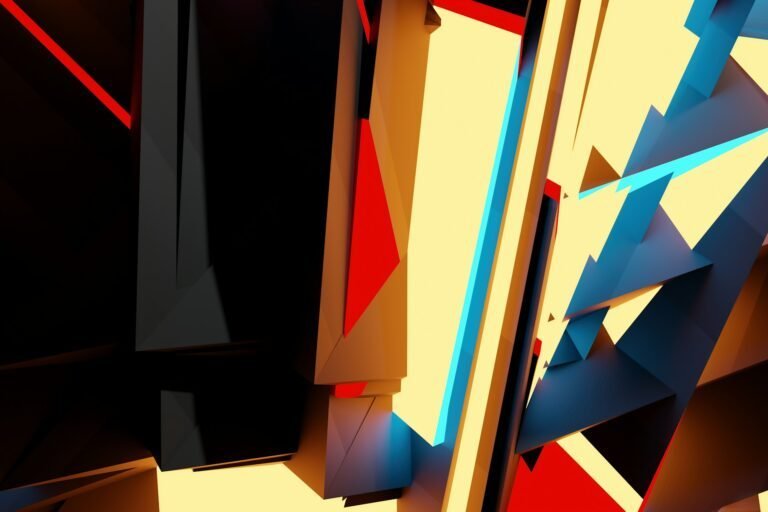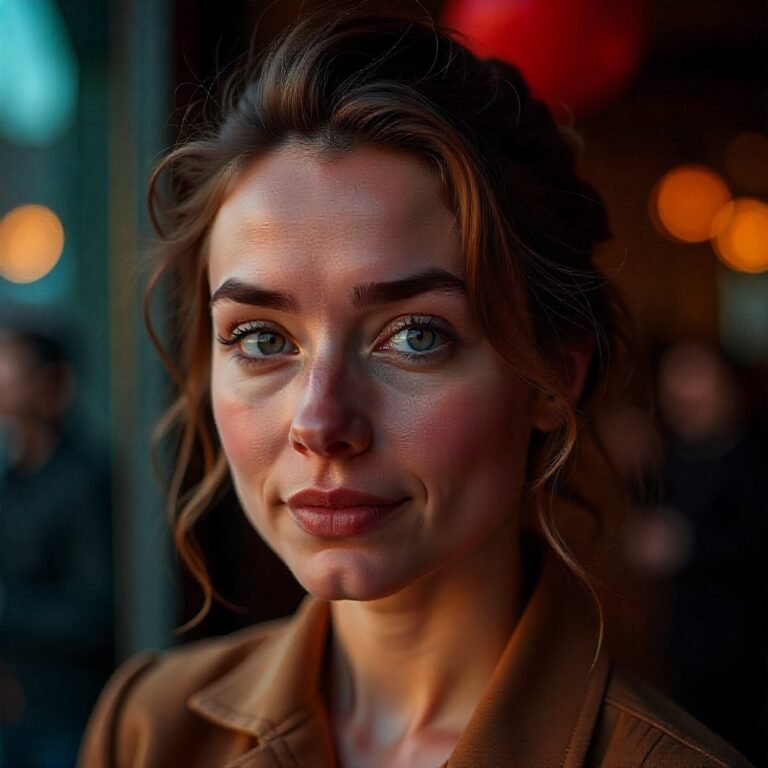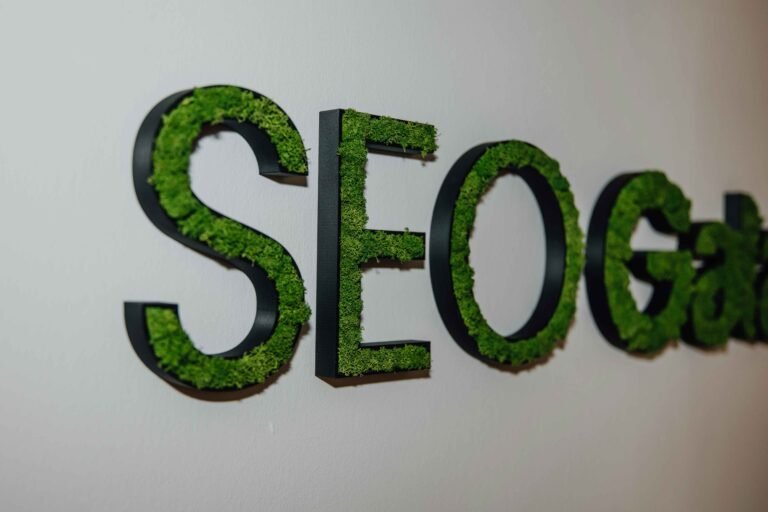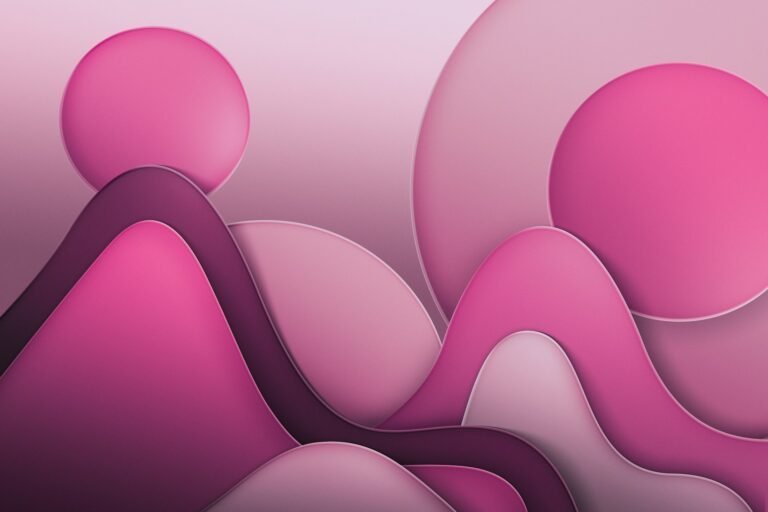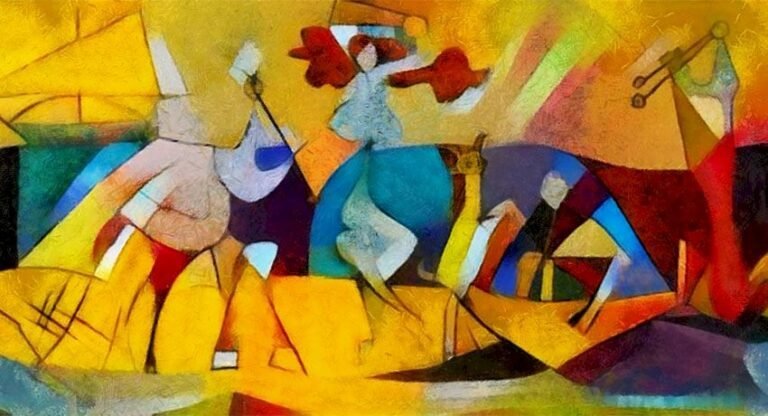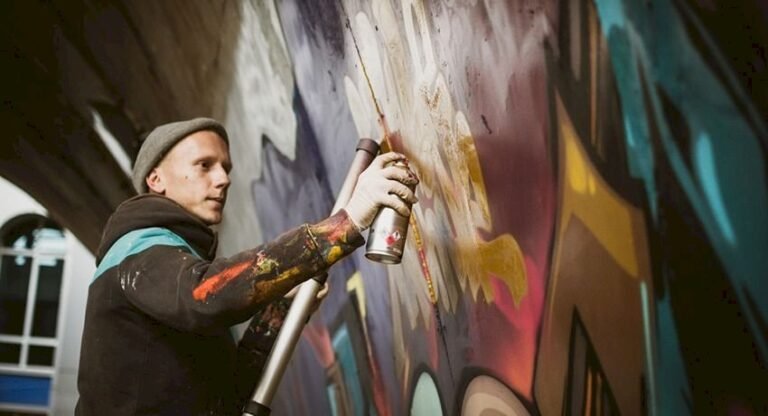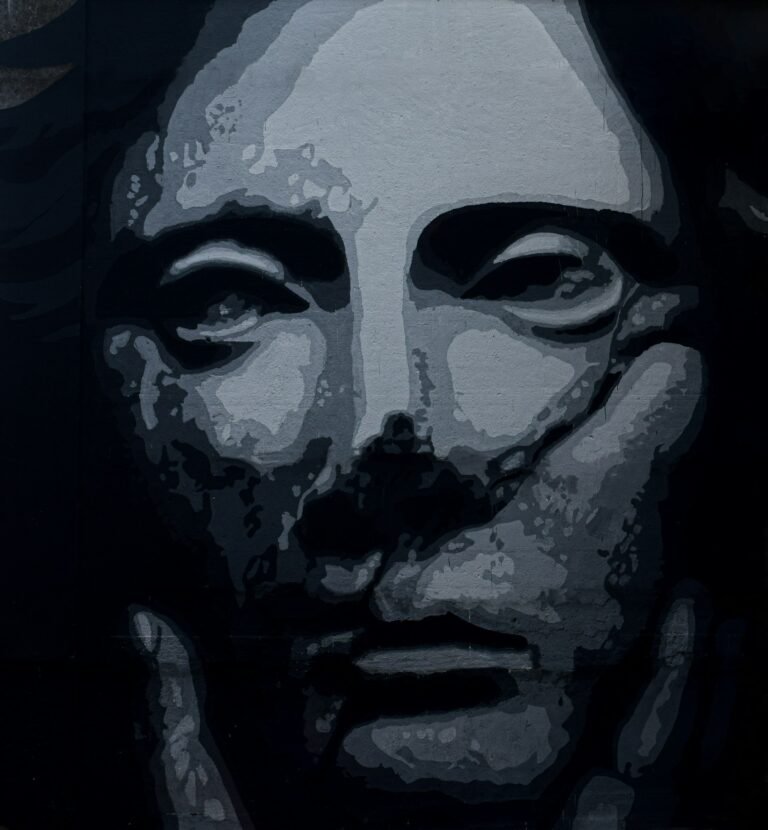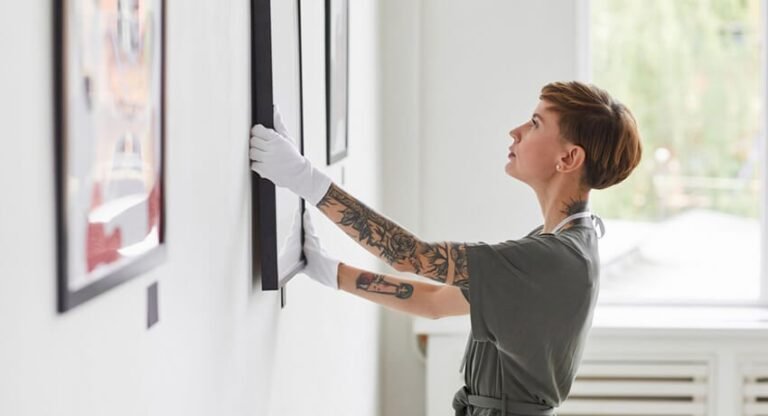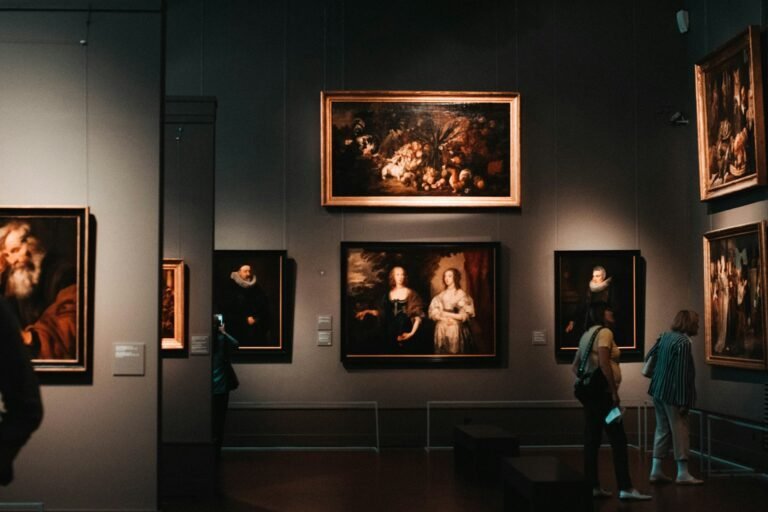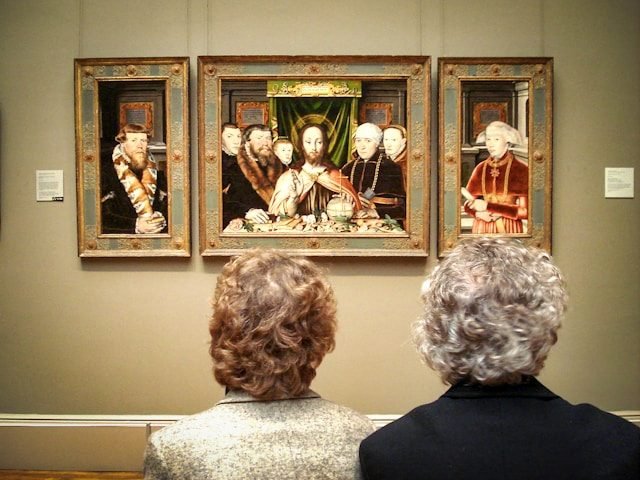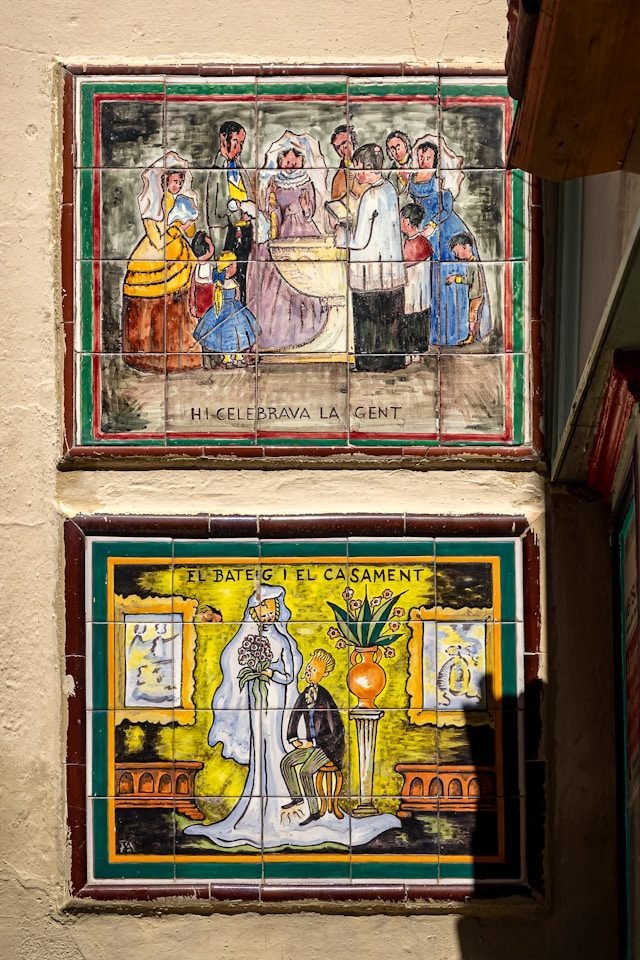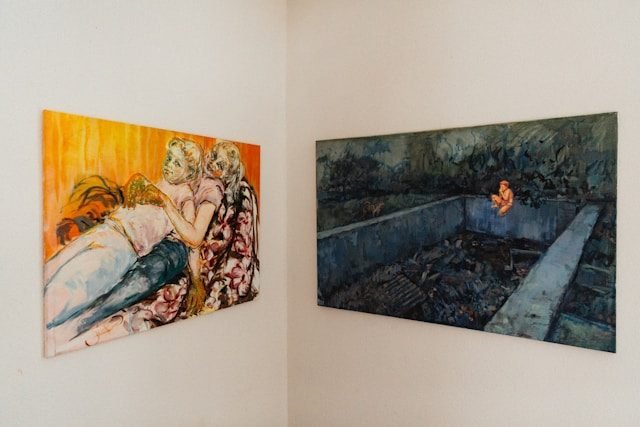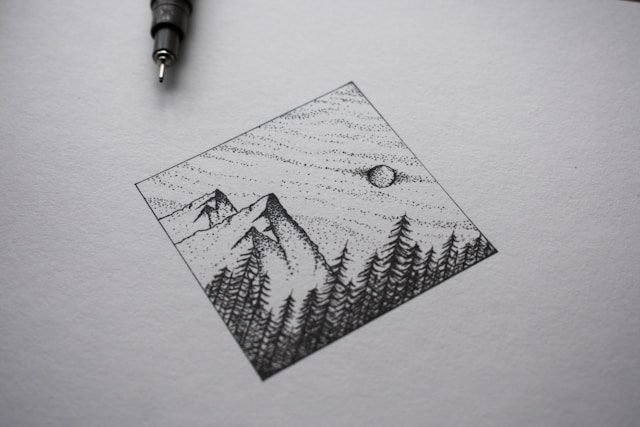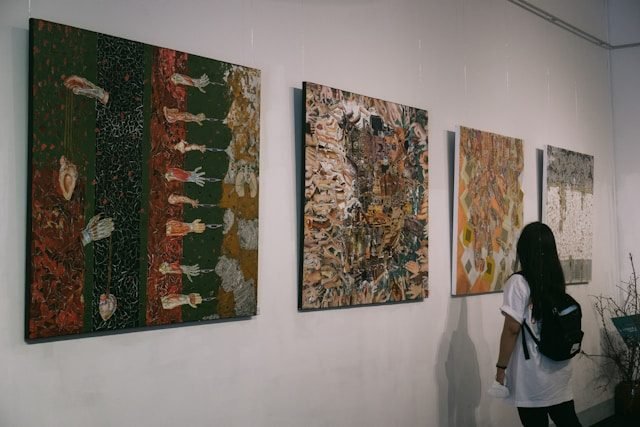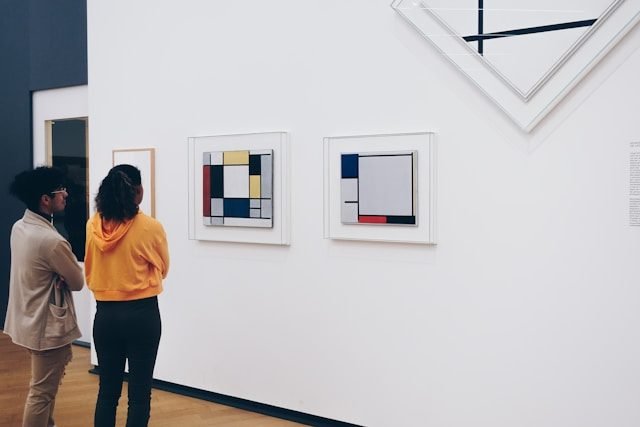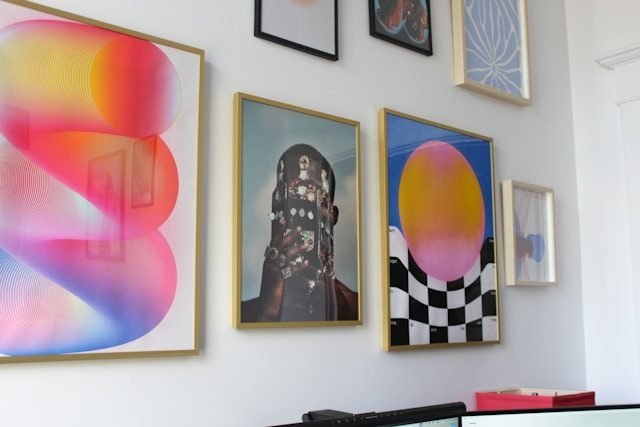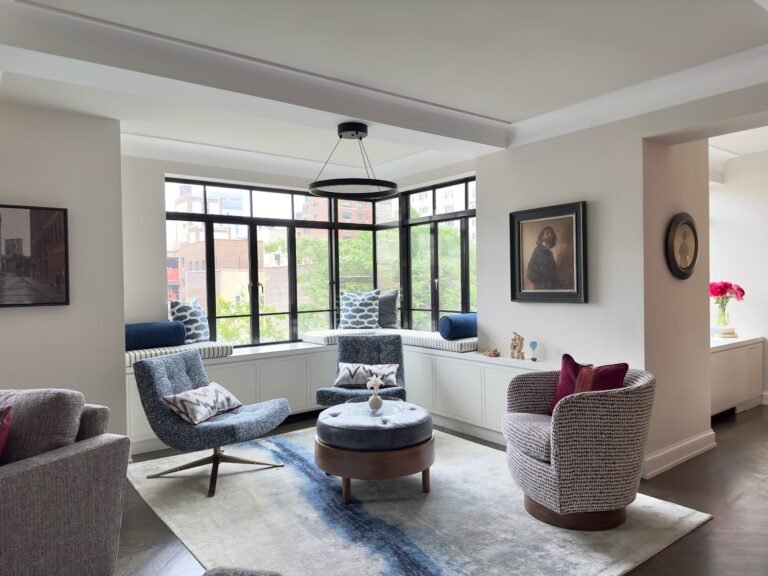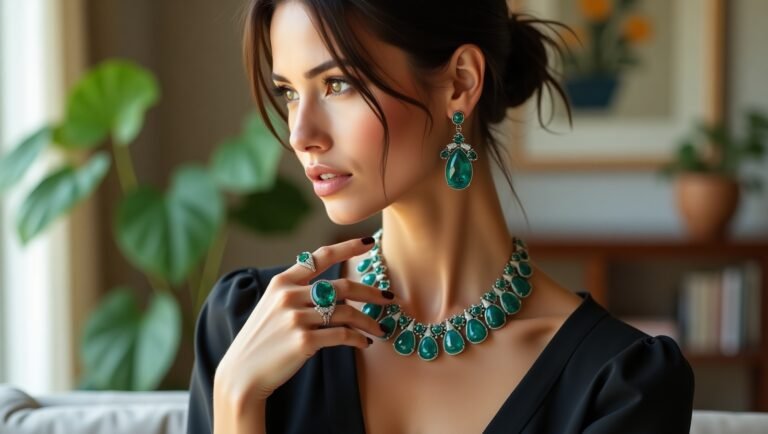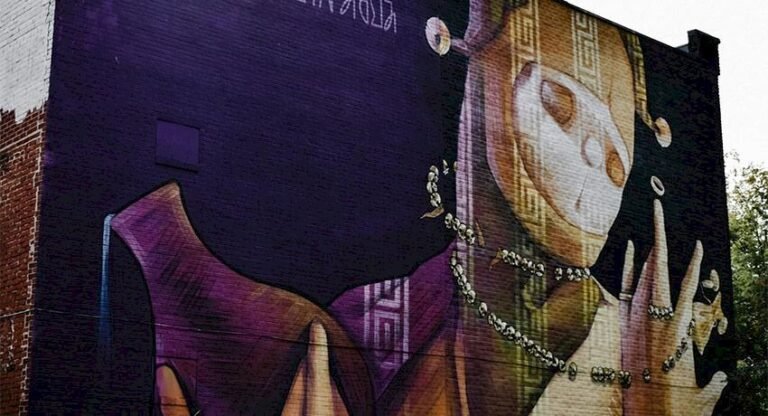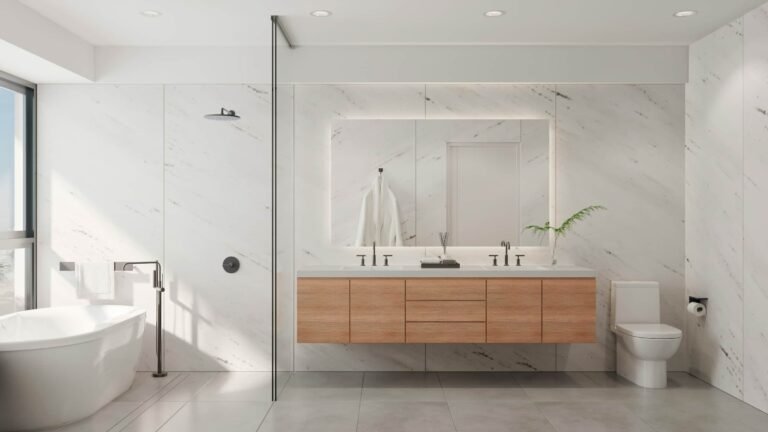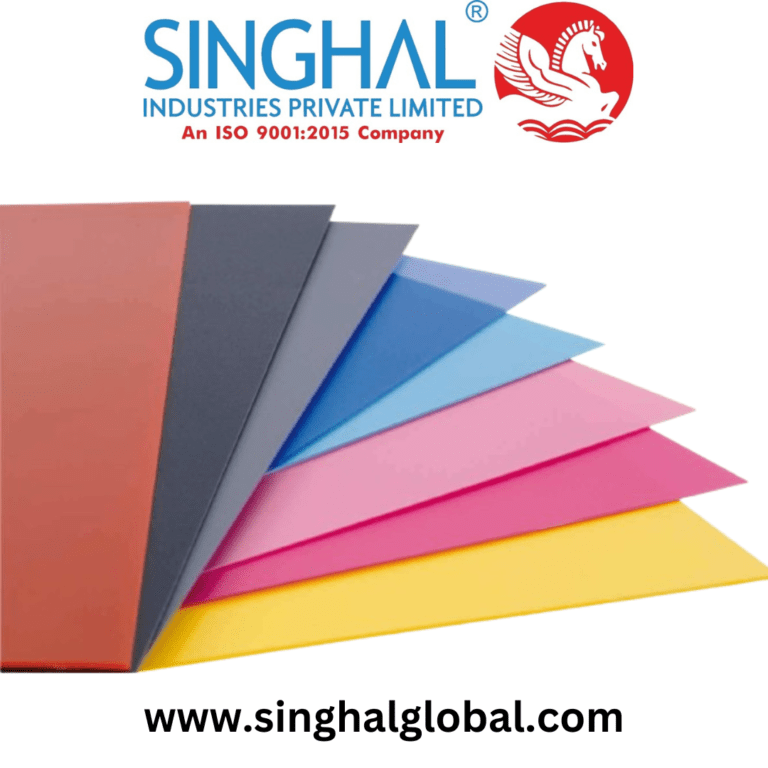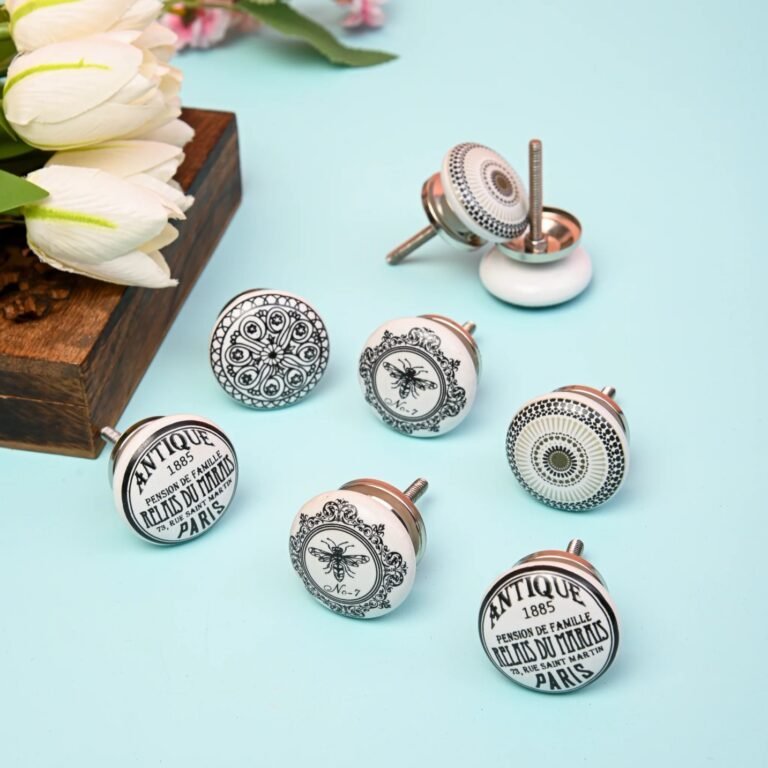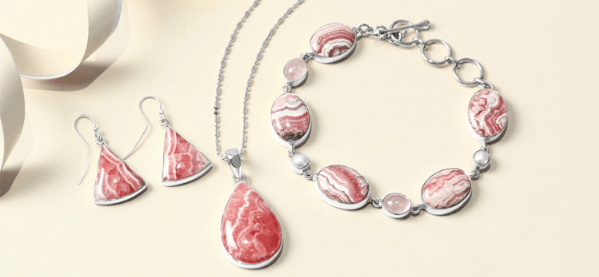Understanding Regular Rhythm in Art
In the study and practice of art, rhythm refers to the visual flow or movement created by the repetition of elements such as lines, shapes, colors, textures, or patterns. Much like rhythm in music, visual rhythm in art guides the viewer’s eye through a composition in a particular way, generating a sense of order, harmony, or movement. Among the different types of visual rhythm — such as flowing rhythm, progressive rhythm, alternating rhythm, and random rhythm — regular rhythm stands out as the most predictable, orderly, and symmetrical form. Regular rhythm in art occurs when elements are repeated at consistent intervals, creating a pattern that feels stable and balanced. This repetition is precise and measurable, so the spacing between repeated elements is equal, and their size, shape, and orientation remain constant.
Regular rhythm is essentially the visual equivalent of a steady beat in music. Imagine a series of dots evenly spaced across a canvas, or a row of identical columns in architecture — both examples embody the concept of regular rhythm. This rhythm does not surprise the viewer; instead, it provides a feeling of security, predictability, and visual calmness. It often plays a key role in designs that require orderliness, symmetry, and a sense of structure. In fact, the idea of regular rhythm is deeply rooted in human psychology, as our brains are naturally wired to recognize patterns and to find comfort in predictable repetition.
Core Characteristics of Regular Rhythm
To identify regular rhythm in an artwork, certain characteristics are usually present. The first is consistent repetition. This means that the same visual element — be it a shape, a line, a motif, or a color — is repeated without variation in size, spacing, or arrangement. A row of circles placed two centimeters apart across a painting is a textbook example. This precise repetition generates a predictable sequence, allowing the viewer to anticipate what comes next without needing to see the whole composition.
Another defining feature is equal spacing. In regular rhythm, the intervals between repeated elements are uniform. This can occur both horizontally and vertically, or even along a diagonal axis. Equal spacing helps create a strong sense of unity and cohesion, making the artwork feel balanced and harmonious. The human eye is especially sensitive to symmetry and even distribution, which is why regular rhythm often feels pleasing and well-structured.
Additionally, uniformity of form is a crucial factor. In other types of visual rhythm, elements may gradually change in size, shape, or color (as in progressive rhythm), but in regular rhythm, they remain identical. This reinforces the sense of stability and prevents the introduction of visual surprises. While this uniformity may sound monotonous, skilled artists often use color contrast, texture variations, or background changes to maintain visual interest without disrupting the rhythmic order.
The Psychological Impact of Regular Rhythm
The human brain has an innate preference for patterns, and regular rhythm satisfies this cognitive desire for order. When we encounter a regular pattern, our minds can process it quickly, freeing up mental resources to focus on other aspects of the artwork. This can lead to a feeling of relaxation or even meditative calm. In contrast, irregular or unpredictable rhythms require more active engagement from the viewer, which can generate excitement but also tension.
Regular rhythm can also evoke cultural associations with stability, reliability, and tradition. In architecture, for example, evenly spaced columns or windows often convey a sense of permanence and strength. In textiles, regular repeating patterns can symbolize continuity and craftsmanship. Across various mediums, the predictability of regular rhythm allows it to serve as a visual anchor, grounding more dynamic or chaotic elements in a composition.
Historical Use of Regular Rhythm in Art
Regular rhythm has been used across virtually every art form and historical period. In ancient Egyptian art, for instance, hieroglyphic inscriptions and decorative borders often employed evenly repeated symbols, creating a steady visual beat that reinforced the structured, orderly worldview of that civilization. Similarly, in ancient Greek and Roman architecture, colonnades of evenly spaced columns became a defining feature, embodying both aesthetic beauty and mathematical precision.
In Islamic art, the concept of infinite, repeating geometric patterns — often seen in tilework and textiles — reflects both artistic mastery and philosophical symbolism, with the regular rhythm representing the infinite nature of the divine. These designs rely on meticulous repetition, ensuring that each motif is identical in shape and spacing, thus producing a harmonious and continuous surface.
During the Renaissance, regular rhythm appeared in both architecture and painting. Artists like Leonardo da Vinci used evenly spaced elements to create balance in their compositions, while architects such as Andrea Palladio designed buildings with strict proportional systems that included regularly repeating features. Even in the Baroque period — known for its dynamic movement and dramatic contrasts — certain elements, like rows of balustrades or repeating ornamental motifs, maintained a regular rhythm that provided structure amidst the visual exuberance.
Regular Rhythm in Modern and Contemporary Art
With the advent of modernism in the late 19th and early 20th centuries, artists began to explore abstraction and minimalism, and regular rhythm became a key tool in creating structured, simplified compositions. For instance, Piet Mondrian’s grid-based paintings rely on regular spacing of vertical and horizontal lines to produce a precise, balanced rhythm. Although the thickness of lines and blocks of color might vary, the underlying grid maintains a sense of order.
Op art (optical art) of the 1960s also made extensive use of regular rhythm. Artists like Bridget Riley used evenly spaced lines or shapes to create visual vibrations and illusions of movement. In these works, the predictability of the rhythm interacts with optical effects, leading to a dynamic tension between stability and motion.
In contemporary art, regular rhythm is often seen in installation art, public sculptures, and digital designs. For example, Yayoi Kusama’s immersive environments frequently feature evenly spaced polka dots covering entire rooms, creating a hypnotic visual experience. In graphic design and user interface design, regular rhythm is fundamental to creating clean, navigable layouts where consistent spacing between elements enhances usability and aesthetic appeal.
Applications in Different Mediums
- Painting and Drawing:
In two-dimensional art forms, regular rhythm can be achieved through evenly spaced brushstrokes, repeated motifs, or consistent patterns of color. Decorative borders in illuminated manuscripts, wallpaper designs, and modern abstract paintings all employ regular rhythm to unify their compositions. - Sculpture:
Three-dimensional works often use repetition of forms to create rhythm. A series of identical sculptural units placed in a line or grid — as in minimalist sculptures by Donald Judd — demonstrates regular rhythm in a spatial context. - Architecture:
Perhaps one of the most obvious applications, architecture often relies on regular rhythm for aesthetic and structural reasons. Windows, doors, columns, and decorative features can be arranged at regular intervals, contributing to a building’s visual harmony and balance. - Textiles and Fashion:
Patterned fabrics often use regular rhythm to produce designs that can be repeated across large areas without losing cohesion. Stripes, polka dots, and checkered patterns are classic examples. - Photography:
In photography, capturing scenes with naturally occurring regular rhythm — such as rows of trees, fence posts, or tiles — can produce striking images. Photographers may also use artificial setups to create such patterns for visual effect. - Graphic Design and Digital Media:
User interfaces often employ regular rhythm to ensure consistency and predictability, which helps users navigate information efficiently. Grids, repeated icons, and evenly spaced text blocks are all applications of this principle.
Techniques for Creating Regular Rhythm
Artists use various techniques to achieve regular rhythm in their work:
- Grid Systems: Grids are a common tool for ensuring equal spacing and alignment of elements. This is particularly prevalent in graphic design, architectural planning, and abstract painting.
- Measurement Tools: Rulers, compasses, and digital alignment tools allow for precise placement of repeated elements.
- Templates and Stencils: These help maintain consistency in shape and size when repeating motifs.
- Digital Replication: In digital art, copy-paste functions and duplication commands can create perfectly regular repetitions in seconds.
- Mathematical Ratios: Some artists employ mathematical formulas to determine spacing and repetition, ensuring that the rhythm is not only regular but also proportionally harmonious.
Balancing Regular Rhythm with Variety
While regular rhythm provides structure, too much of it can lead to monotony. Skilled artists often balance regular rhythm with subtle variations to keep the viewer engaged. For instance, a pattern of evenly spaced shapes might be interrupted by a single shape of a different color, creating a focal point. Similarly, background textures or gradients can add depth without disrupting the rhythmic order.
In music, a steady beat can be made more interesting by adding syncopation or melodic variation; in visual art, the equivalent might be introducing a contrasting element that still respects the underlying rhythm. This interplay between order and variation is key to creating visually rich compositions.
Examples of Regular Rhythm in Famous Works
- The Parthenon (Athens, Greece): The façade features a series of evenly spaced Doric columns, creating a regular rhythm that emphasizes balance and symmetry.
- Piet Mondrian’s “Composition with Red, Blue, and Yellow”: The underlying grid maintains regular rhythm, even as the colored rectangles vary in size.
- Yayoi Kusama’s Polka Dot Rooms: The consistent spacing and size of dots create a hypnotic rhythm that immerses viewers in a uniform yet vibrant world.
- Islamic Geometric Tilework: Found in places like the Alhambra in Spain, these designs rely on perfect repetition of geometric motifs to produce an infinite, meditative rhythm.
Symbolism of Regular Rhythm
Beyond its aesthetic function, regular rhythm often carries symbolic meanings. Its orderliness can represent stability, eternity, and perfection. In religious art, regular repetition may symbolize divine order or cosmic harmony. In political or civic architecture, it can project authority and reliability. Even in contemporary branding, the use of consistent, evenly spaced design elements can communicate professionalism and trustworthiness.
Challenges in Using Regular Rhythm
One of the main challenges of using regular rhythm is avoiding visual boredom. Because the pattern is predictable, the viewer’s eye might lose interest quickly if there are no secondary elements to explore. Another challenge is ensuring precision — especially in hand-drawn or hand-crafted works. Slight deviations in spacing or form can break the rhythm and undermine the intended effect.
In some contexts, overly rigid use of regular rhythm might also make a work feel impersonal or mechanical. For this reason, many artists deliberately introduce small imperfections to keep the work feeling human and organic, while still maintaining an overall sense of order.
Conclusion
Regular rhythm in art is a foundational principle that shapes how we perceive and respond to visual compositions. By repeating identical elements at equal intervals, artists and designers create a sense of stability, harmony, and predictability. This type of rhythm can be found in nearly every art form — from ancient architecture and sacred geometry to modern minimalist sculpture and digital interfaces. Its psychological appeal lies in the brain’s love for patterns and the comfort of predictability.
However, the most successful uses of regular rhythm often involve a delicate balance between order and variation. Too much uniformity can lead to monotony, while small deviations or complementary elements can enhance visual interest without disrupting the structure. Throughout history and across cultures, regular rhythm has proven to be a timeless tool for creating beauty, conveying meaning, and engaging viewers. Whether in the measured steps of a classical colonnade or the hypnotic dots of a contemporary installation, regular rhythm continues to shape the way we see, feel, and connect with art.







